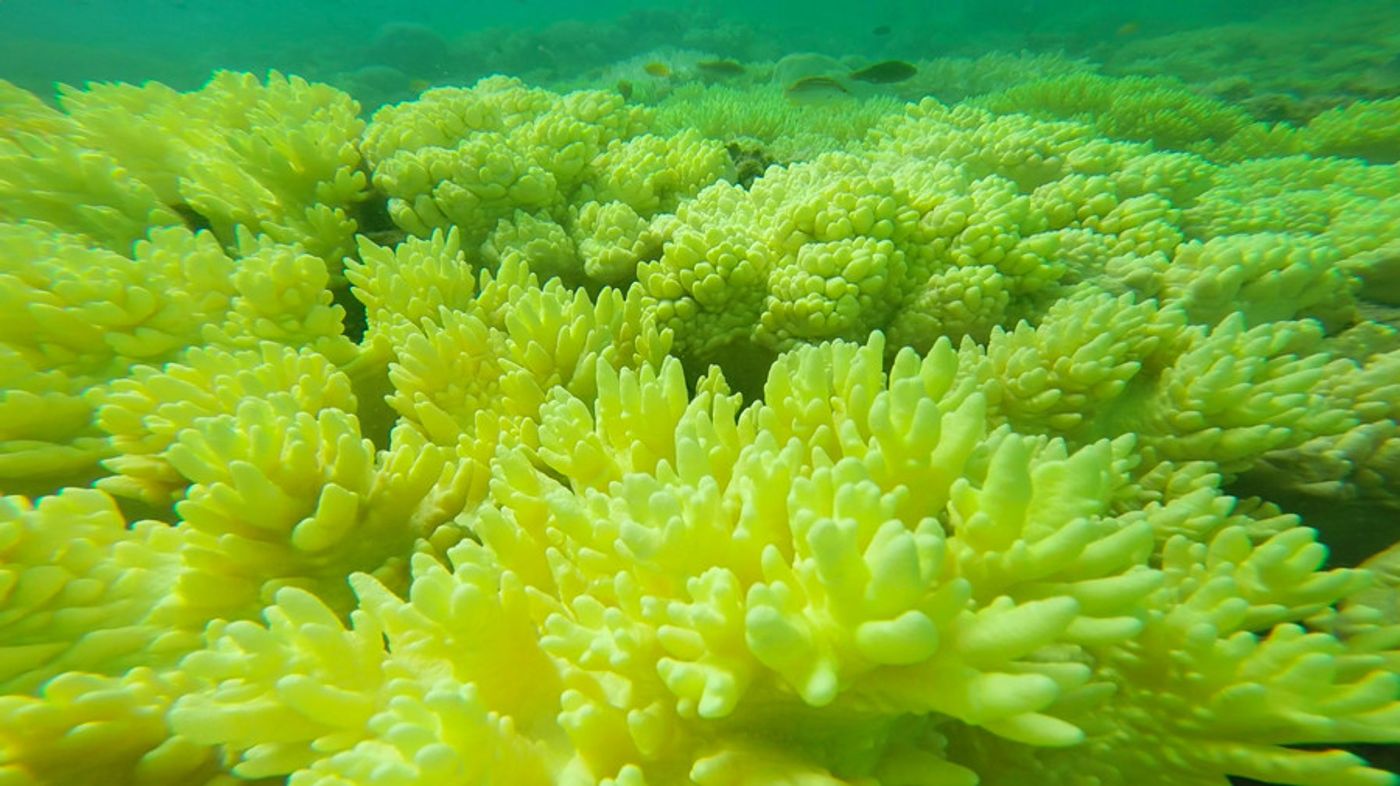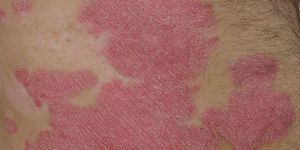There's No Going Back: The Great Barrier Reef
According to a recent study published in Nature, it appears there will be no going back for the fate of the Great Barrier Reef. To call it a “hell of a natural selection event,” as director of the Australian Research Council Center of Excellence for Coral Reef Studies Terry Hughes did, seems like an understatement. But it is not exactly a surprise, either.
After an epic marine heatwave in 2016 resulted in one of the largest bleaching events recorded by scientists to date on the northern Great Barrier Reef, many corals were not able to recover, reports Hughes, from James Cook University in Queensland. "When corals bleach from a heatwave, they can either survive and regain their color slowly as the temperature drops, or they can die. Averaged across the whole Great Barrier Reef, we lost 30% of the corals in the nine-month period between March and November 2016." For example, those pretty branching corals that the barrier reef is so known for and that gives homes to fish and other marine animals are likely a thing of the past, replaced by “dome-shaped” corals, the study reports.
The scientists utilized the new framework for the International Union for Conservation of Nature (IUCN) Red List of Ecosystems. Similarly, to how individual species are classified within a specific category from “safe” to “endangered,” this framework does so with ecosystems.
The northern third of the Great Barrier Reef suffered the most from the heatwave and subsequent bleaching event – there, 29% of the reef systems that make up the barrier reef lost at least two-thirds of their corals. And ecosystems have since plummeted, affecting species composition and resilience. Which didn’t make it any easier for them to withstand the second round of heatwave and bleaching that happened in 2017. Round two affected the central region of the barrier reef more so than the northern part, but as a result, the Great Barrier Reef as a whole has taken quite the beating.
"We're now at a point where we've lost close to half of the corals in shallow-water habitats across the northern two-thirds of the Great Barrier Reef due to back-to-back bleaching over two consecutive years," said Professor Sean Connolly from James Cook University. "But, that still leaves a billion or so corals alive, and on average, they are tougher than the ones that died. We need to focus urgently on protecting the glass that's still half full, by helping these survivors to recover.”
Focused hope is definitely the vibe that the scientists behind the study are going for (as opposed to resigned doom). While the authors are more than candid about the threats that climate change poses to the reef system, they stress that reeling in greenhouse gas emissions is the gamechanger we need to concentrate on. “Our study shows that coral reefs are already shifting radically in response to unprecedented heatwaves," said Professor Hughes. “There’s still a billion corals left, and they’re breeding,” Hughes said. “The change in the mix of species is the story.”
Sources: The Washington Post, Science Daily, Nature









